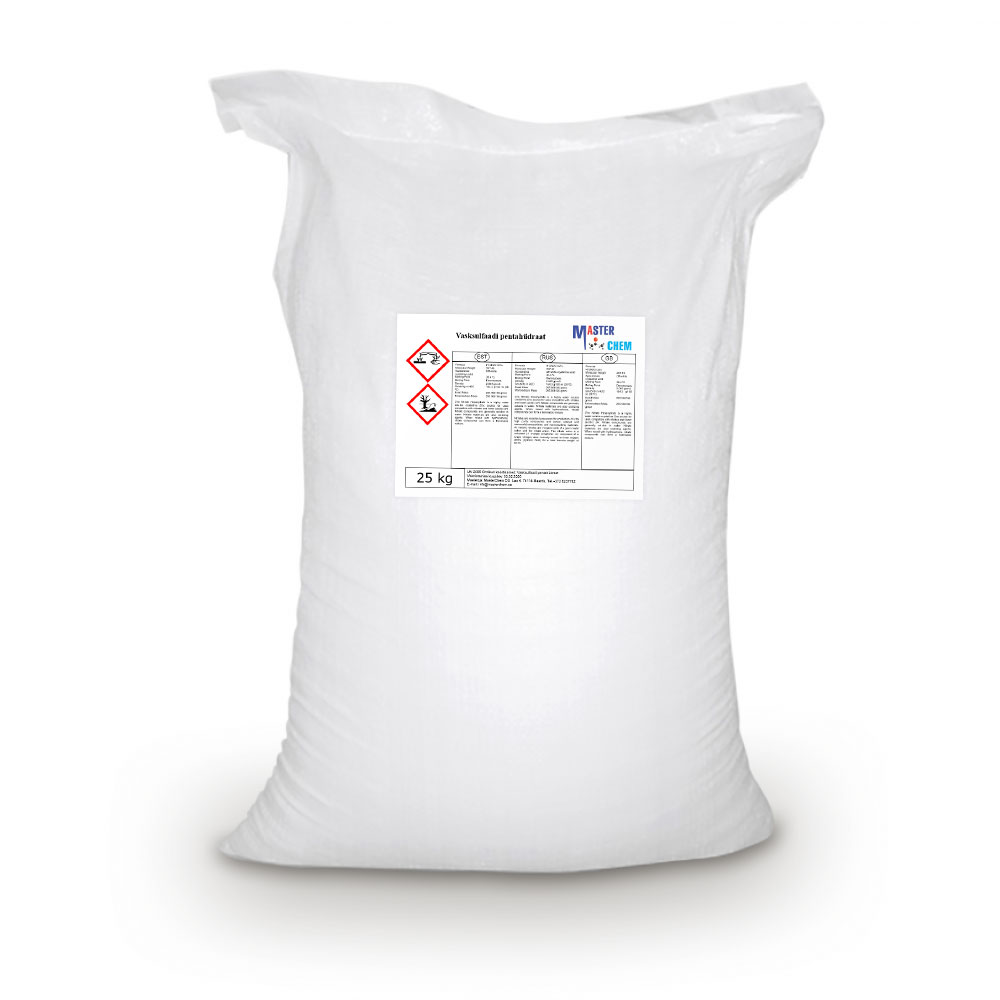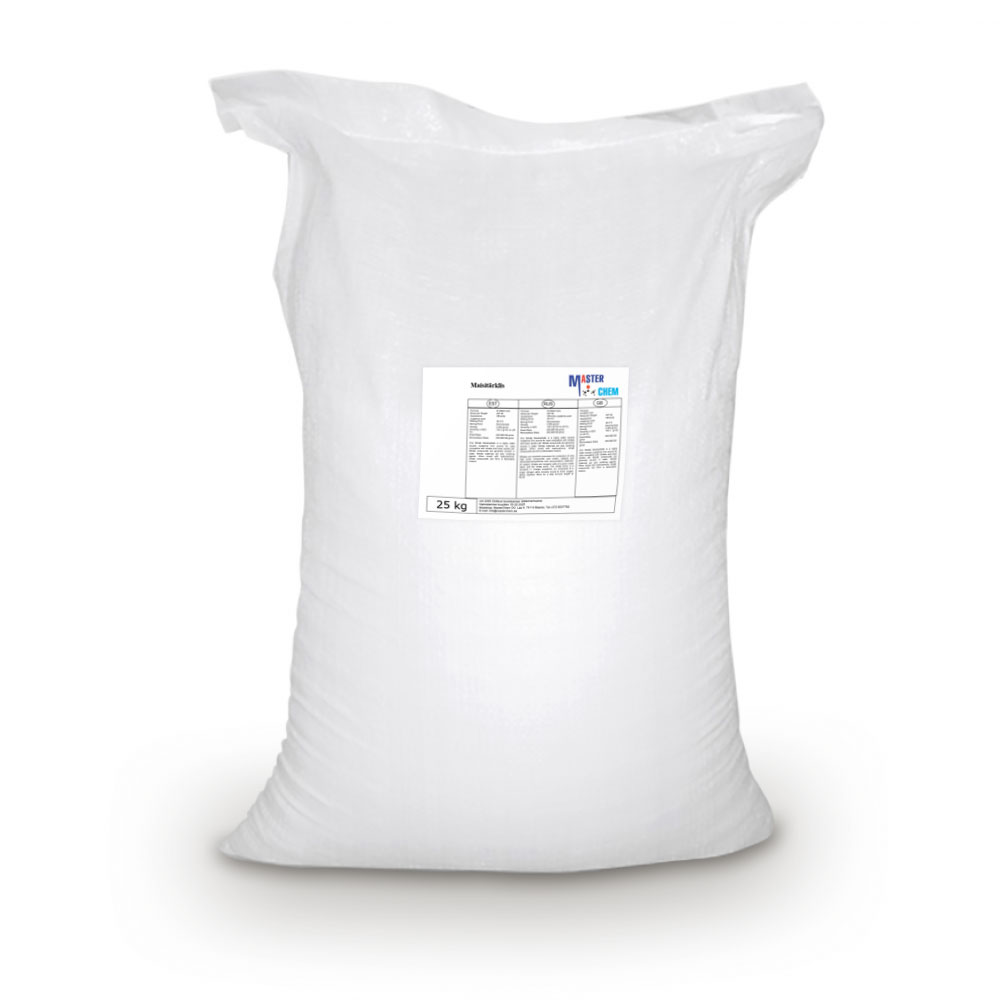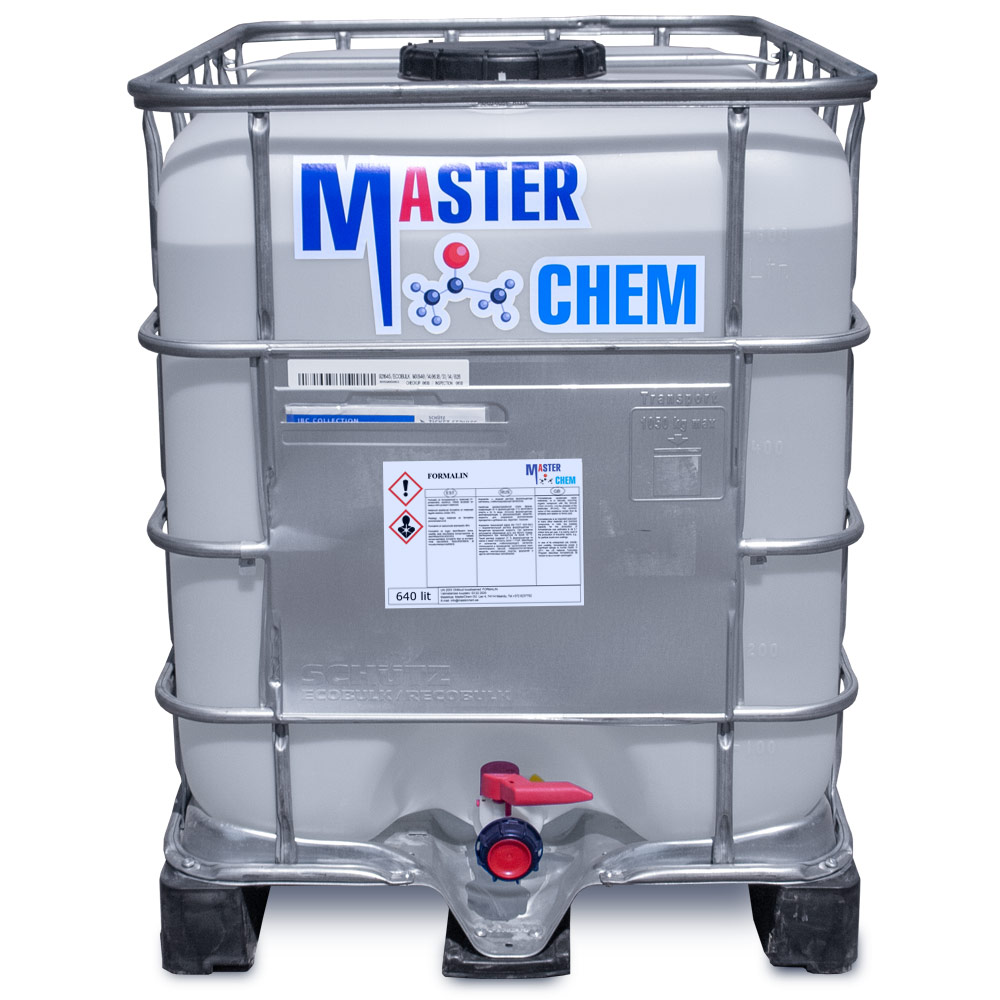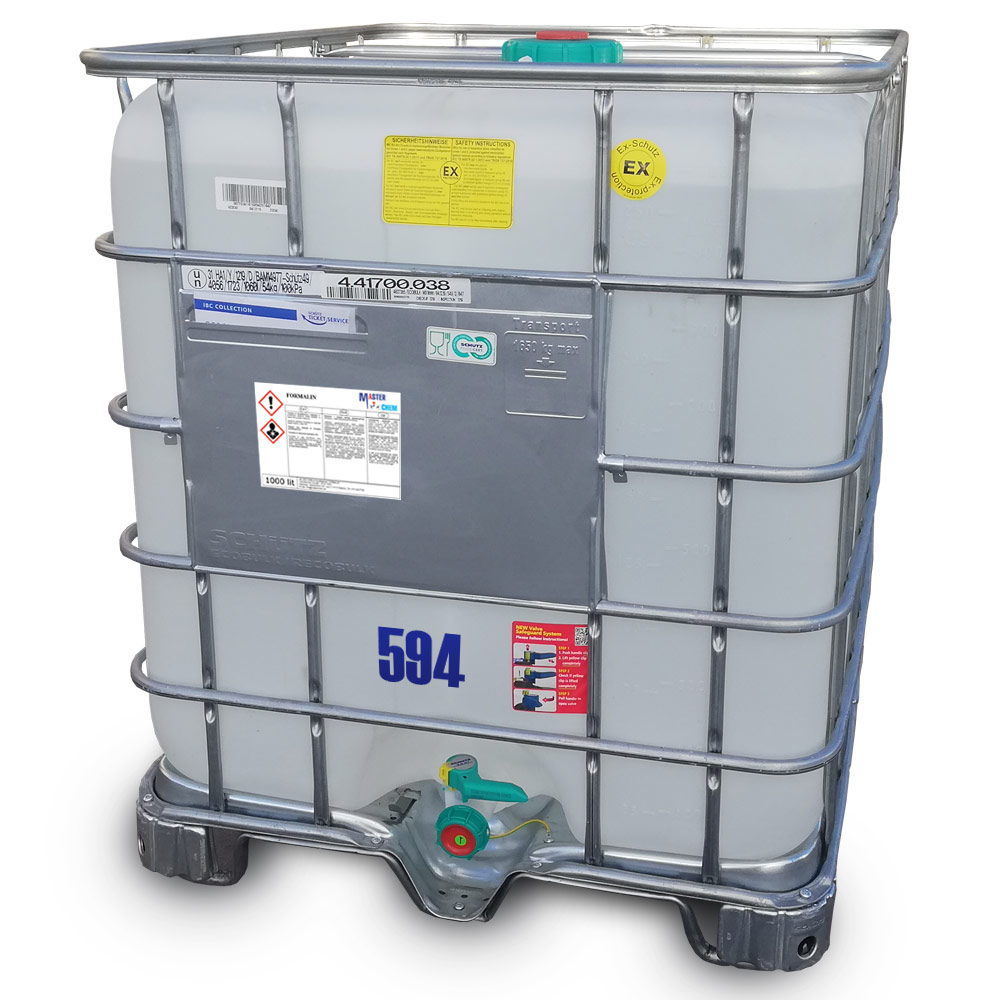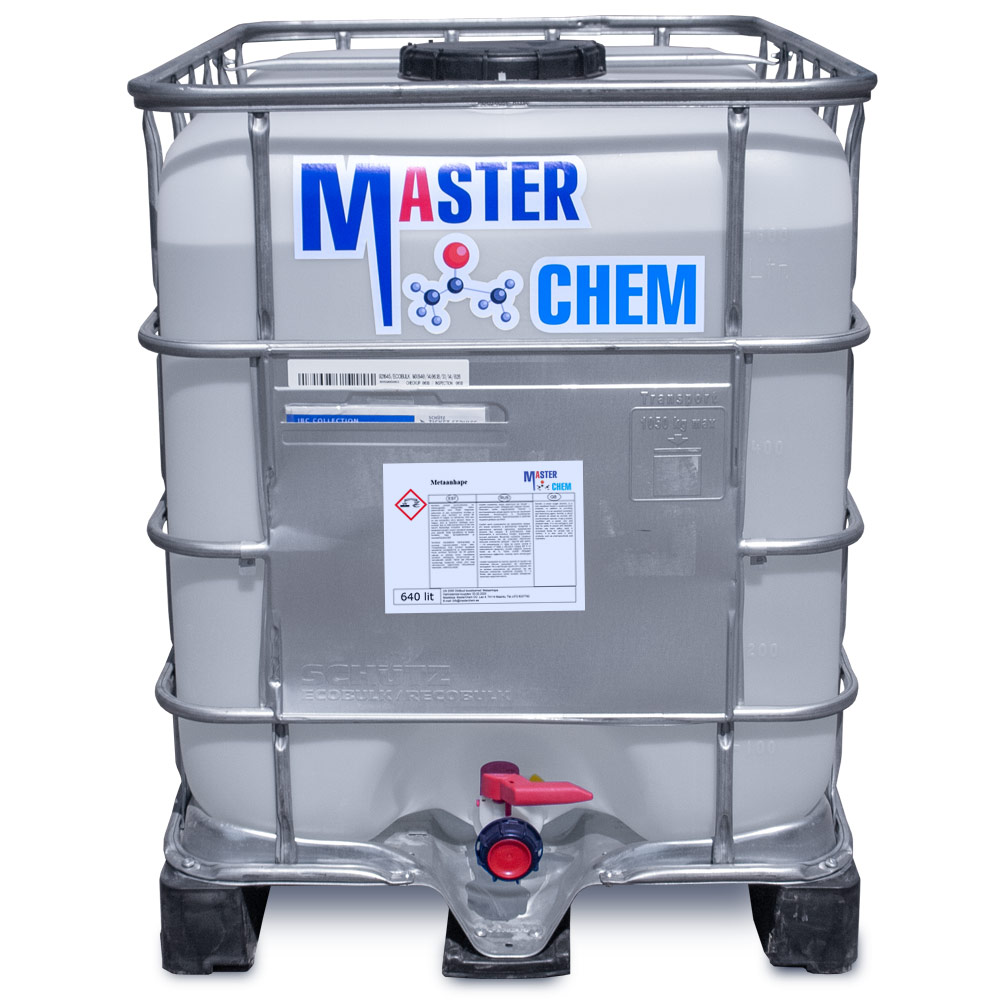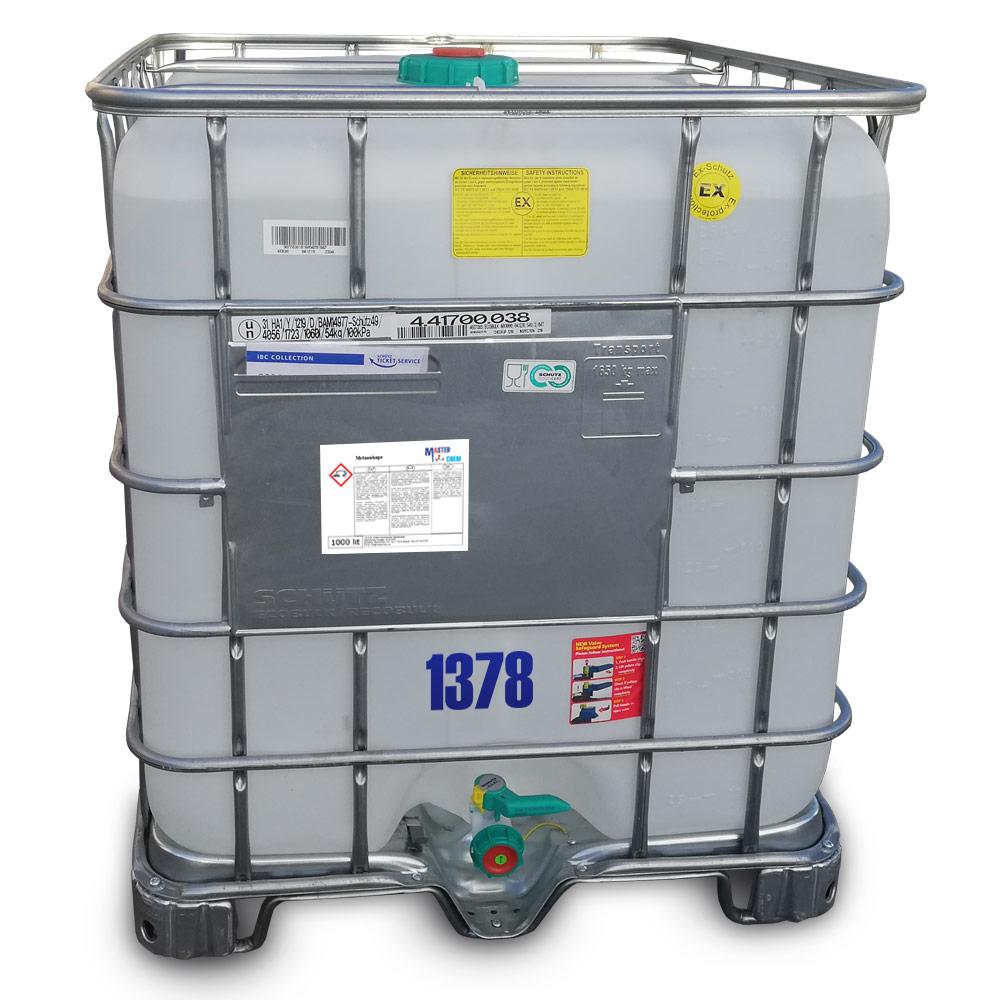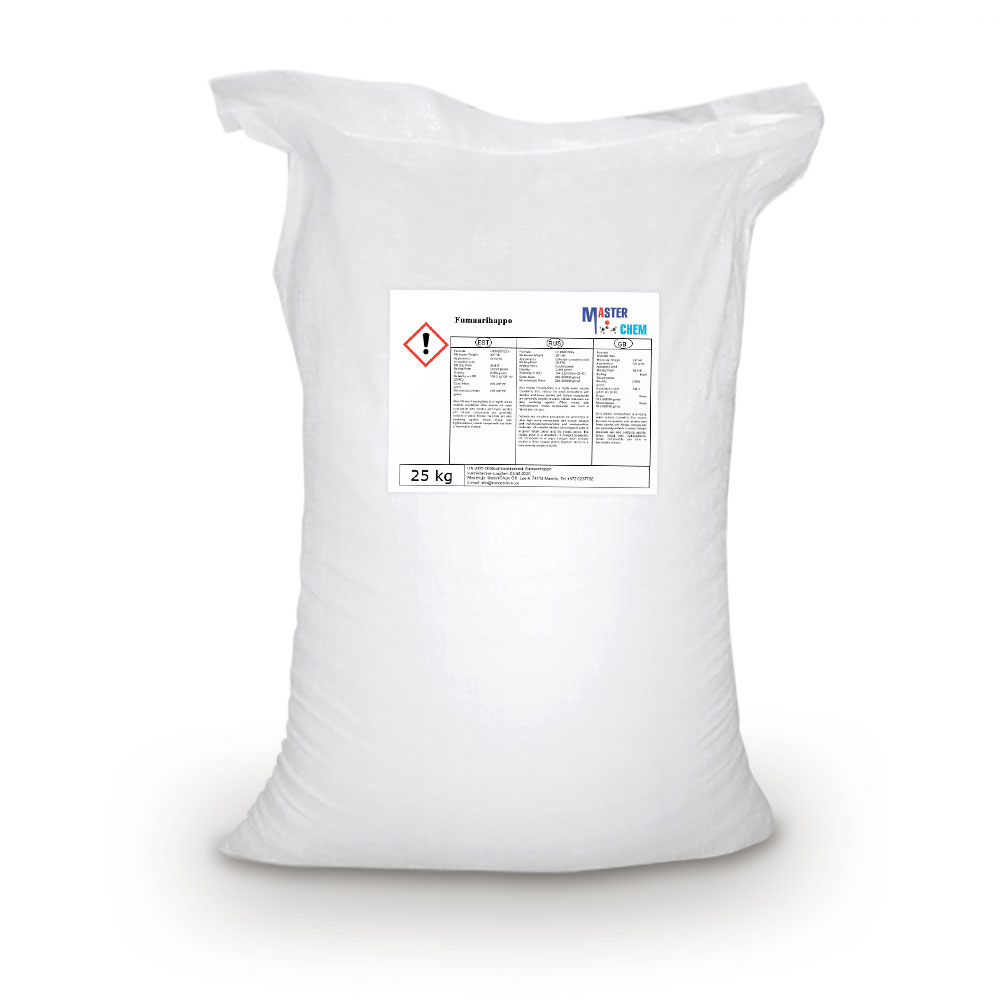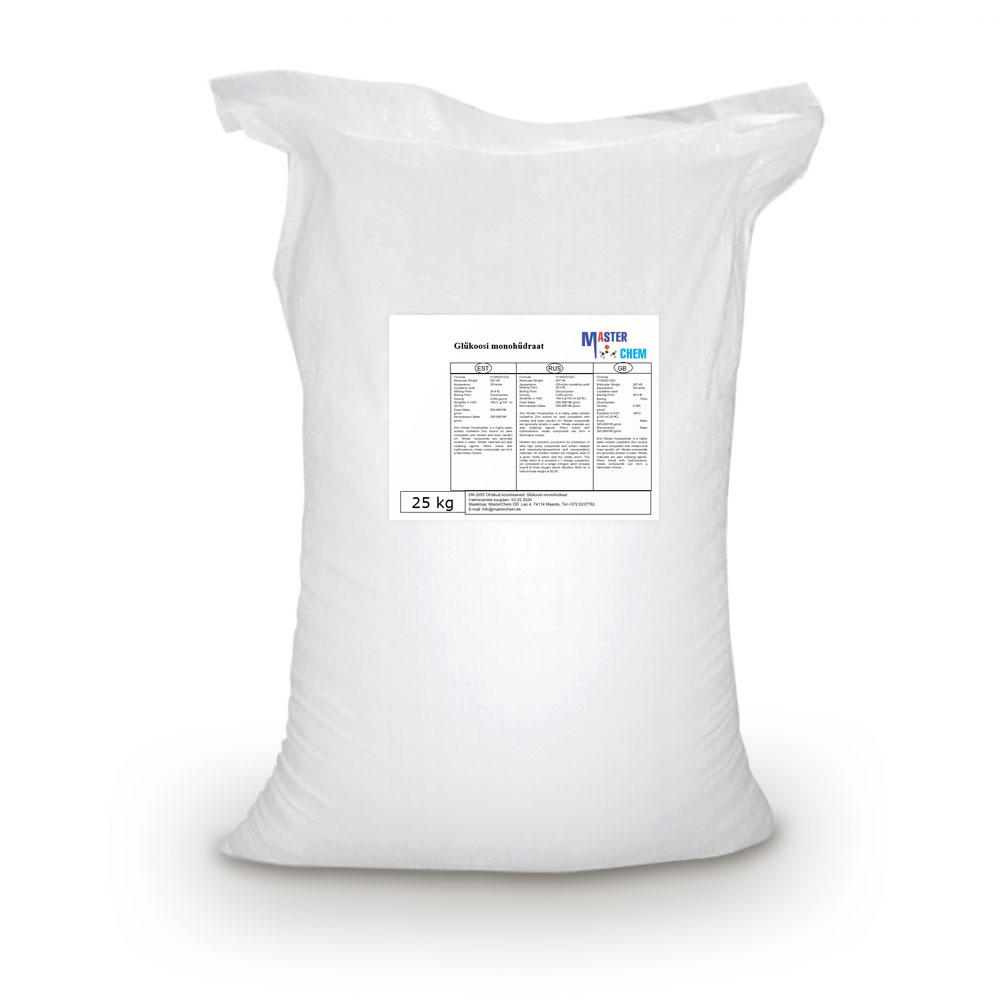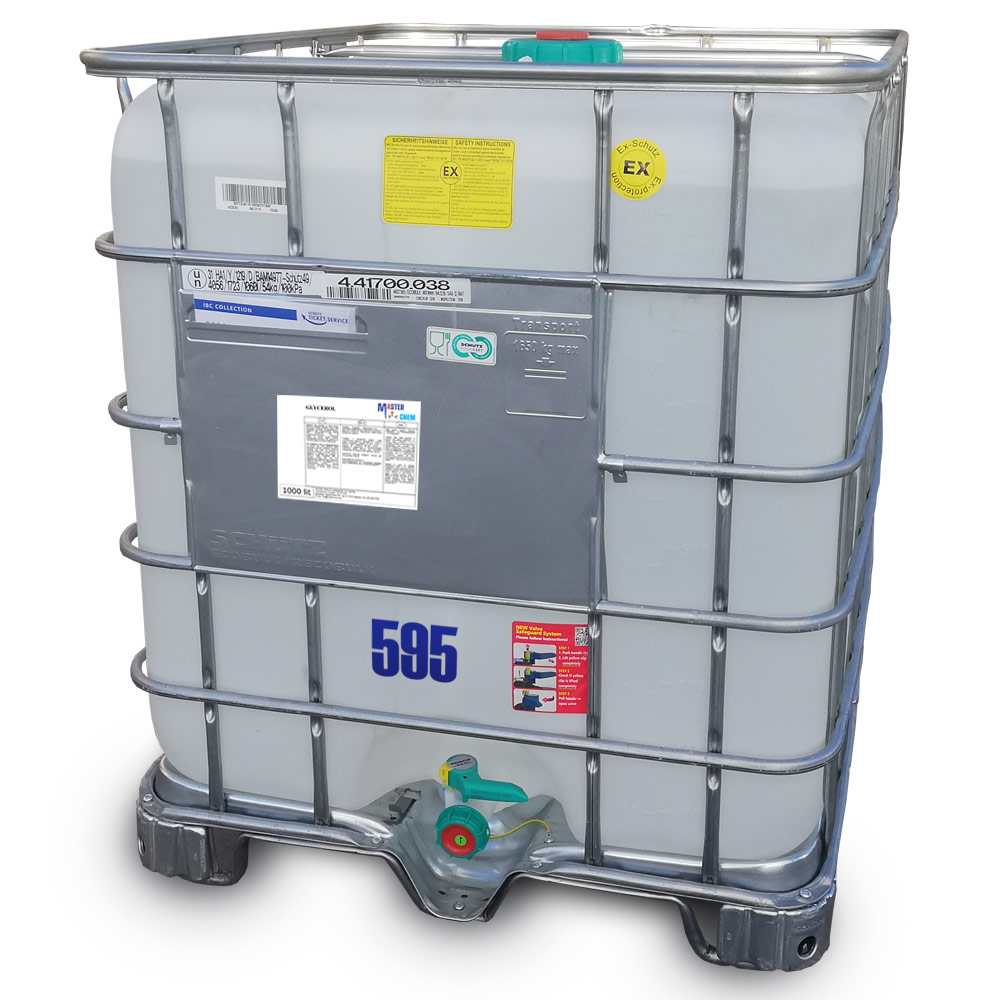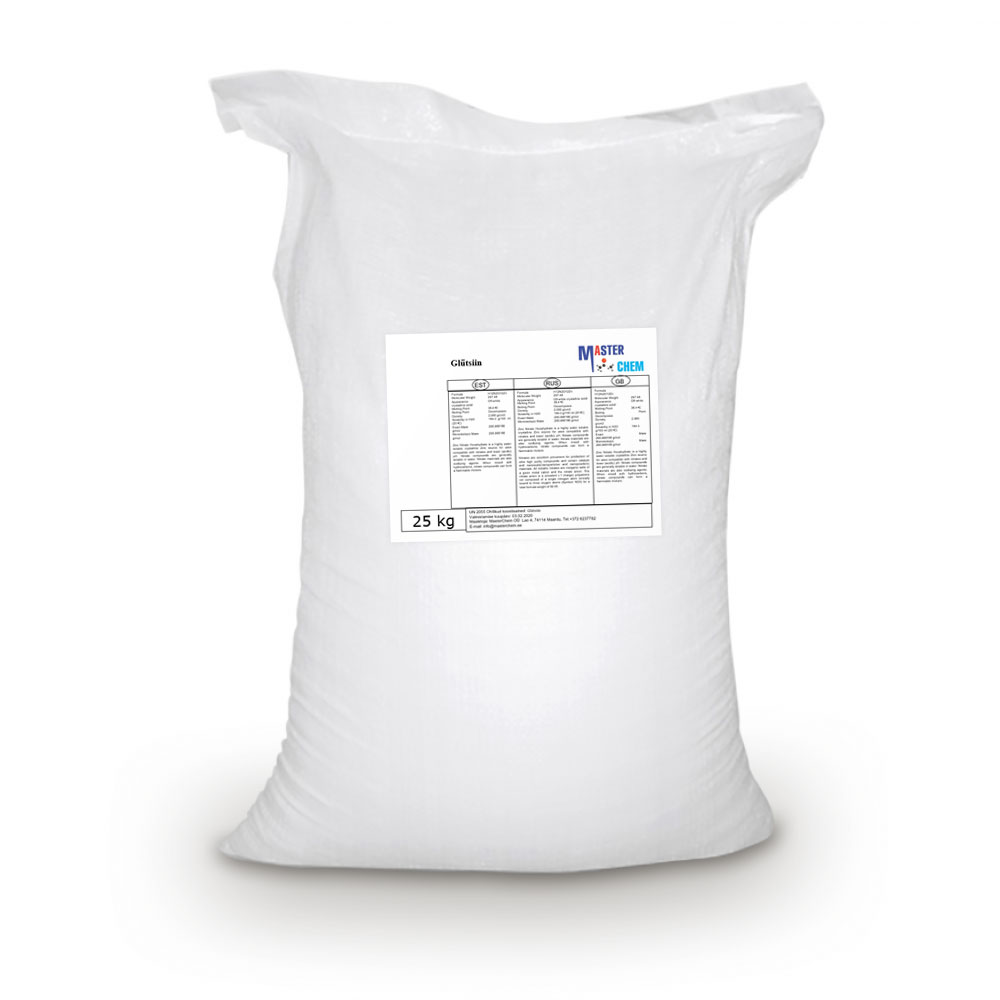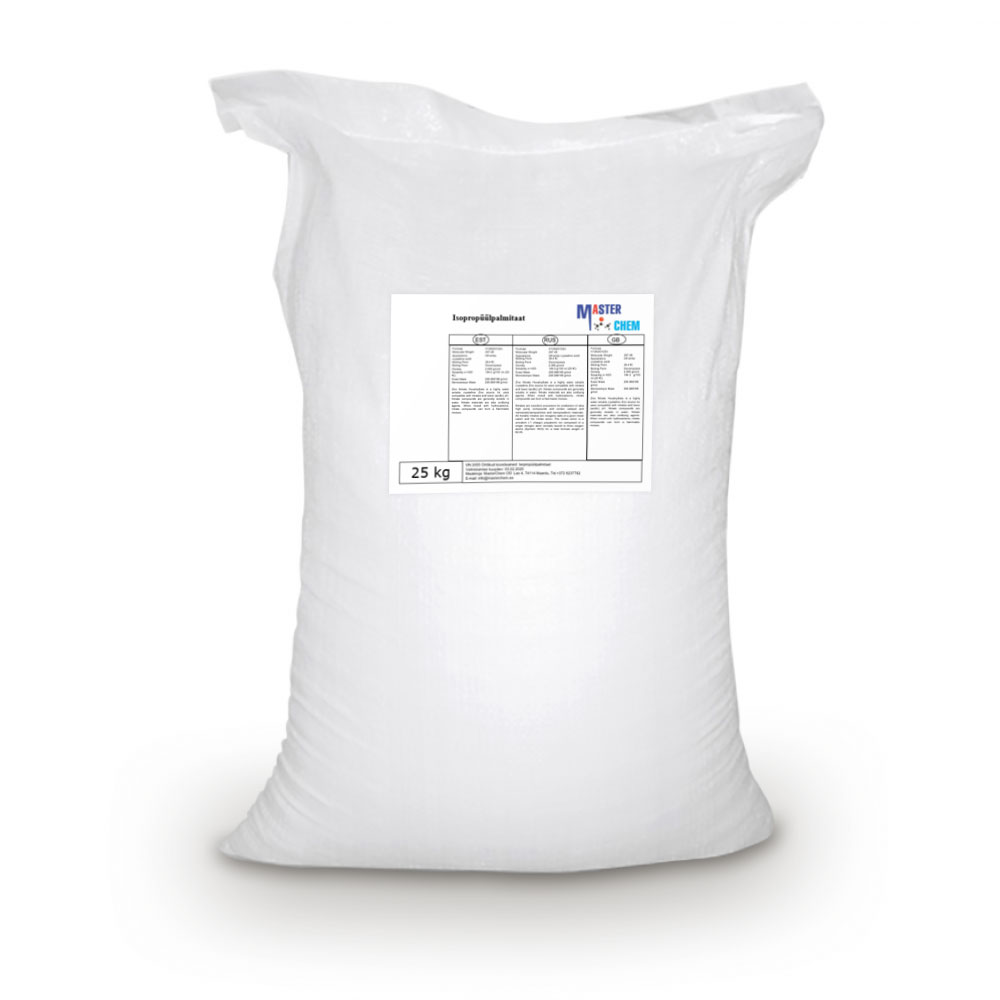Currently Empty: €0.00
Cobalt Sulphate (CAS 10026-24-1)
Cobalt Sulphate (CAS 10026-24-1)
Cobalt sulfates are important intermediates in the extraction of cobalt from its ores. Thus, crushed, partially refined ores are treated with sulfuric acid to give red-colored solutions containing cobalt sulfate.
Hydrated cobalt(II) sulfate is used in the preparation of pigments, as well as in the manufacture of other cobalt salts. Cobalt pigment is used in porcelains and glass. Cobalt(II) sulfate is used in storage batteries and electroplating baths, sympathetic inks, and as an additive to soils and animal feeds. For these purposes, the cobalt sulfate is produced by treating cobalt oxide with sulfuric acid.
Being commonly available commercially, the heptahydrate is a routine source of cobalt in coordination chemistry.
Copper chloride dihydrate (CAS 10125-13-0)
Copper chloride dihydrate (CAS 10125-13-0)
Copper(II) chloride is the chemical compound with the chemical formula CuCl2. The anhydrous form is yellowish brown but slowly absorbs moisture to form a blue-green dihydrate.
Both the anhydrous and the dihydrate forms occur naturally as the very rare minerals tolbachite and eriochalcite, respectively.
Copper Sulphate Pentahydrate (CAS 7758-99-8)
Copper Sulphate Pentahydrate (CAS 7758-99-8)
Copper(II) sulfate, also known as copper sulphate, are the inorganic compounds with the chemical formula CuSO4(H2O)x, where x can range from 0 to 5. The pentahydrate (x = 5) is the most common form. Older names for this compound include blue vitriol, bluestone, vitriol of copper, and Roman vitriol.
The pentahydrate (CuSO4·5H2O), the most commonly encountered salt, is bright blue. It exothermically dissolves in water to give the aquo complex [Cu(H2O)6]2+, which has octahedral molecular geometry. The structure of the solid pentahydrate reveals a polymeric structure wherein copper is again octahedral but bound to four water ligands. The Cu(II)(H2O)4 centers are interconnected by sulfate anions to form chains. Anhydrous copper sulfate is a light grey powder.
Corn starch
Corn starch
Corn starch, maize starch, or cornflour (British English) is the starch derived from corn (maize) grain. The starch is obtained from the endosperm of the kernel. Corn starch is a common food ingredient, often used to thicken sauces or soups, and to make corn syrup and other sugars. Corn starch is versatile, easily modified, and finds many uses in industry such as adhesives, in paper products, as an anti-sticking agent, and textile manufacturing. It has medical uses as well, such as to supply glucose for people with glycogen storage disease.
Formalin (CAS 50-00-0)
Formaldehyde (systematic name methanal), is a naturally occurring organic compound with the formula CH2O (H-CHO). It is the simplest of the aldehydes (R-CHO). The common name of this substance comes from its similarity and relation to formic acid.
Formaldehyde is an important precursor to many other materials and chemical compounds. In 1996, the installed capacity for the production of formaldehyde was estimated to be 8.7 million tons per year. It is mainly used in the production of industrial resins, e.g., for particle board and coatings.
CAS: 50-00-0
Formic Acid 85% (CAS 64-18-6)
Formic Acid 85% (CAS 64-18-6)
Formic acid, systematically named methanoic acid, is the simplest carboxylic acid, and has the chemical formula H2CO2. It is an important intermediate in chemical synthesis and occurs naturally, most notably in some ants. The word “formic” comes from the Latin word for ant, formica, referring to its early isolation by the distillation of ant bodies. Esters, salts, and the anion derived from formic acid are called formates. Industrially, formic acid is produced from methanol.
Fumaric Acid (CAS 110-17-8)
Fumaric Acid (CAS 110-17-8)
Fumaric acid is an organic compound with the formula HO2CCH=CHCO2H. A white solid, fumaric acid occurs widely in nature. It has a fruit-like taste and has been used as a food additive. Its E number is E297. The salts and esters are known as fumarates. Fumarate can also refer to the C4H2O2−4 ion (in solution). Fumaric acid is the trans isomer of butenedioic acid, while maleic acid is the cis isomer.
Glucose Monohydrate (CAS 5996-10-1)
Information Industries: Pharmaceutical industry, Food industry , Feed industry CAS number: 5996-10-1 WE number: 200-075-1 Chemical formula: C6H12O6·H2O Molar mass: 198,17 g/mol Customs tariff code: 170230
Glycerine (CAS 56-81-5)
Other names: Glycerin, Glycerine, Propanetriol, 1,2,3-Trihydroxypropane, 1,2,3-Propanetriol
Glycerine also called glycerol, is a simple polyol compound. It is a colorless, odorless, viscous liquid that is sweet-tasting and non-toxic. The glycerine backbone is found in lipids known as glycerides. Due to having antimicrobial and antiviral properties it is widely used in FDA approved wound and burn treatments. Conversely, it is also used as a bacterial culture medium. It can be used as an effective marker to measure liver disease. It is also widely used as a sweetener in the food industry and as a humectant in pharmaceutical formulations. Owing to the presence of three hydroxyl groups, glycerine is miscible with water and is hygroscopic in nature.
CAS: 56-81-5
Glycerol (CAS 56-81-5)
Other names: Glycerin, Glycerine, Propanetriol, 1,2,3-Trihydroxypropane, 1,2,3-Propanetriol
Glycerol (also called glycerine or glycerin; see spelling differences) is a simple polyol compound. It is a colorless, odorless, viscous liquid that is sweet-tasting and non-toxic. The glycerol backbone is found in all lipids known as triglycerides. It is widely used in the food industry as a sweetener and humectant and in pharmaceutical formulations. Glycerol has three hydroxyl groups that are responsible for its solubility in water and its hygroscopic nature.
CAS: 56-81-5
Glycine (CAS 56-40-6)
Glycine (CAS 56-40-6)
Glycine is an amino acid that has a single hydrogen atom as its side chain. It is the simplest stable amino acid (carbamic acid is unstable), with the chemical formula NH2‐CH2‐COOH. Glycine is one of the proteinogenic amino acids. It is encoded by all the codons starting with GG (GGU, GGC, GGA, GGG). Glycine is integral to the formation of alpha-helices in secondary protein structure due to its compact form. For the same reason, it is the most abundant amino acid in collagen triple-helices. Glycine is also an inhibitory neurotransmitter – interference with its release within the spinal cord (such as during a Clostridium tetani infection) can cause spastic paralysis due to uninhibited muscle contraction.
Glycine is a colorless, sweet-tasting crystalline solid. It is the only achiral proteinogenic amino acid. It can fit into hydrophilic or hydrophobic environments, due to its minimal side chain of only one hydrogen atom. The acyl radical is glycyl.
Isopropyl palmitate (CAS 142-91-6)
Isopropyl palmitate (CAS 142-91-6)
Isopropyl palmitate is a fatty acid ester obtained by the formal condensation of carboxy group of palmitic acid with propan-2-ol. Metabolite observed in cancer metabolism. It has a role as a human metabolite. It is a fatty acid ester and an isopropyl ester. It derives from a hexadecanoic acid. The chemical formula is CH3(CH2)14COOCH(CH3)2.



